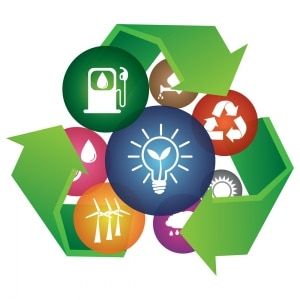How to Market your Eco-Friendly Business

People are becoming more and more concerned about helping the environment and saving the planet. This is why it is now more important than ever for you to adopt eco-friendly practices for your company so that you can do your part as well as helping to be a driving force for change in your industry.
Fully Dive In
If you want your company to become more eco-friendly, then you need to know that there are no half-measures when it comes to the environment. You need to fully dive in, and although nobody is perfect, you need to give it your all. If you want your customers to believe in the aspirations you have and if you want people to buy the products you sell then you need to stay true to your ideas. If you want to stop your brand from being confusing then make sure that you are aware of the pros and cons of going green, so that you can effectively make the most out of your marketing campaign.
Be an Example
As a company owner, you can set an example for your team and for your clients. You need to make sure that you outline all of the things that you stand for and you also need to make sure that you stick to those ideas as well. Ensure that you are not only talking about how environmentally-friendly you are. Back up your ideas, and show your customers that you are the real deal with actions, as opposed to just words.
Use Sustainable Products
It’s so important that you focus on using sustainable products as much as possible. You also need to partner with digital vendors as well. If you can put a focus on digital marketing, then this will help you to stop using as many paper goods and this, in turn, will help the environment. If you want to help yourself then it may be wise for you to invest in a digital marketing company that specializes in Saas . When you do this, you can then be greener across the board and you can also do your part for the environment. If you want to start using sustainable products then try and gift recyclable pens and notepads to your clients when you are at a trade show, or opt for a zero-plastic policy when you are serving meals in the canteen.
Recycle
Recycling is a huge part of making your marketing strategy eco-friendly. It is also one of the easiest and the best things you can implement if you want to get started with green marketing. It’s very easy for you to set up a few bins in your office for your employees. This will give them the chance to sort out their paper, plastic, and their glass. Little actions like this can help to teach them about the importance of them being environmentally conscious and it will also help them to make a huge difference to the environment on a personal level. This will also spill across into their personal lives with any luck, so it’s not hard to see how you could have a huge impact on the environment with a few simple changes.


